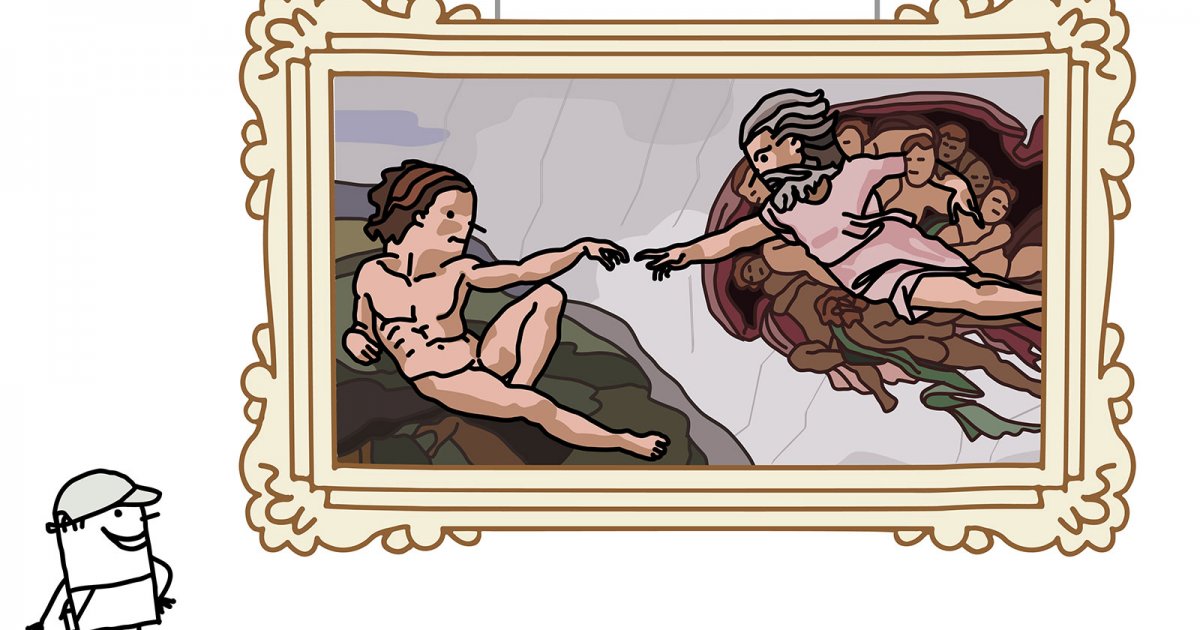SISTINE CHAPEL, Last Judgment - Tour
 Language: English / USA
Language: English / USA
As you may have heard, Michelangelo gives the impression of adhering to some of the doctrines sustained by the Reformation of Martin Luther, here in the most sacred chapel of Catholicism. Take for example the severity of Christ the Judge, who is portrayed as young, athletic, beardless, and so full of energy that he creates a whirlwind of terror even in those closest to him, including the most important saints. Even the Madonna seems huddled up and frightened, while her son divides the blessed from the damned, heaven from hell, and angels from demons.
You are almost crushed by an awesome mass of almost entirely naked bodies suspended between Hell and Paradise, in a terrible chaos where, however, you can sense superior intelligence. If you compare them to the athletes Michelangelo painted in the same chapel thirty years ago, these naked figures have nothing heroic about them: they are shells of terrified, beaten, overwhelmed men who have been stupefied by the trumpets. In the infernal scenes you can easily recognize the influence of the Divine Comedy with two direct references to Dante's Hell. The first is Charon, the boatman who ferries the souls and beats those who linger with an oar, and the second is Minos, the hellish judge who wraps his long tail around the body of the damned to determine the extent of their punishment.
The man who had dominated nature with his intelligence, who believed in the ideals of justice and beauty, that strong and secure man that Michelangelo himself had exalted in the Ignudi of the vault, now seems emptied and crushed. Michelangelo seems to hide a desperate self-portrait in the sagging skin and figure of St. Bartholomew, completely conveying this sense of collapse of a world and a great ideal. The time of illusions has ended, and in fact the Italian Renaissance ends here.
FUN FACT: in the years following the famous Council of Trent, which marks the beginning of the Age of Counter-Reformation, the Last Judgment was at the center of heated controversy until it was decided to cover the "obscenity" with drapery, as the painting was light-years away from the "decoration" that an official and symbolic location like the Sistine Chapel required. The painter Daniele da Volterra, who was charged with the unpleasant task, was dubbed the "Braghettone"; braghi means pants in Italian, which is what he added by clothing the nude figures.
Less than a month later, Michelangelo died. In the second half of the last century, thanks to restorations, the added details and coverings were removed to give Michelangelo's figures back their integral, tragic, and extremely honest truth.
And with this we have finished our tour of the Sistine Chapel. MyWoWo thanks you for staying with us, and will see you at the next Wonder of the World!



